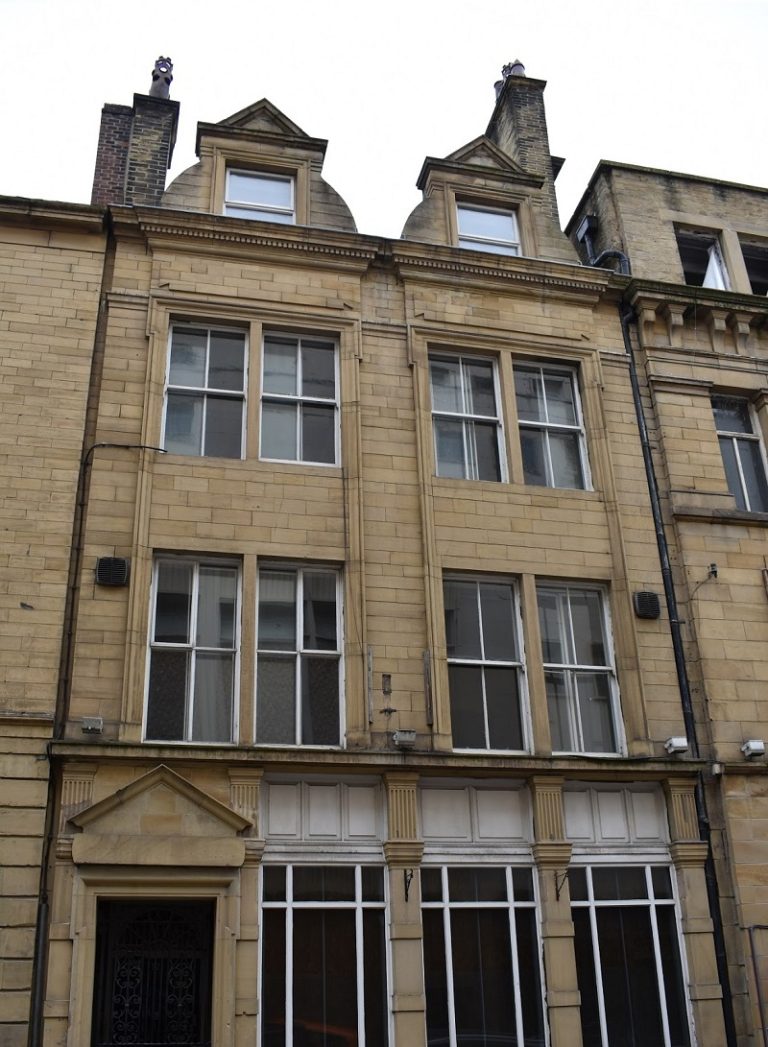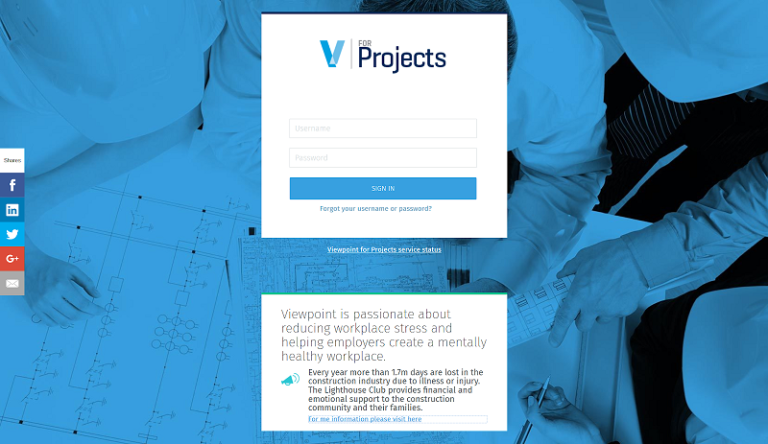New analysis from national estate agent, Jackson-Stops & Staff, has predicted that stamp duty reforms will fail to have the intended effect of deterring prospective buy-to-let investors due to house price inflation. Industry bodies have reported a rush of buy-to-let registrations in the run up to April, and there are signs that the upcoming reform to stamp duty tax will not have the effect intended by the Chancellor. According to the Jackson-Stops & Staff analysis one key reason is that the majority of investors will see that property price inflation, within a year or less, will more than compensate them for their entire stamp duty bill – even with the 3% surcharge. Jackson-Stops & Staff predicts that the biggest losers of the stamp duty reform will actually be tenants as landlords pass on their additional costs to rental prices. For example if property prices continue to grow at their current rate in the South East region, the capital gain on an average priced property will be £28,412 annually. Total stamp duty on the purchase of an averagely priced home will be £11,328 under the new proposed stamp duty regime for second homeowners, a figure which is eclipsed by the annual increase in equity. See Table 1 below for further detail on all UK regions. According to data from the Association of Residential Letting Agents (ARLA) the vast majority of landlords keep their investment property for more than one year. The ARLA research shows that most landlords (33%) keep their buy-to-let property for 11-20 years and for an average of 20.3 years. This means most landlords benefit from the positive impact of house price growth in the longer term – usually reaping the benefits for more than a year. Financial impact of 3% stamp duty surcharge in light of projected property price growth
Jan 2015 price[2]
Jan 2016 price
% change
Capital gain in one year[3]
Extra stamp duty for buy-to-let[4]
Total stamp duty for buy-to-let[5]
Expected capital gain minus total stamp duty on buy-to-let purchase
Wales
£117,692
£125,665
6.8%
£8,513
£3,770
£3,783
£4,730
London
£465,592
£530,409
13.9%
£73,840
£15,912
£32,433
£41,407
South East
£240,927
£266,603
10.7%
£28,412
£7,998
£11,328
£17,084
West Midlands
£135,305
£144,185
6.6%
£9,463
£4,326
£4,709
£4,754
South West
£186,715
£198,288
6.2%
£12,290
£5,949
£7,414
£4,876
East Midlands
£133,035
£138,825
4.4%
£6,042
£4,165
£4,441
£1,601
East
£199,540
£217,341
8.9%
£19,389
£6,520
£8,367
£11,022
Yorkshire & The Humber
£120,541
£124,949
3.7%
£4,569
£3,748
£3,748
£821
North West
£112,132
£114,504
2.1%
£2,422
£3,435
£3,435
-£1,013
North East
£96,907
£97,117
0.2%
£210
£2,914
£2,914
-£2,704
Nick Leeming, Chairman at Jackson-Stops & Staff, commented: “The government, through its new stamp duty surcharge, is trying to make the playing field more even between property investors and first-time buyers by eating into landlords’ profits. Our message to landlords is that when you do the sums, and look at the direction of house prices, placing money in bricks and mortar is still by far the best investment vehicle. If property prices continue on their current trajectory, within a year or less of buying their investment property the vast majority of landlords would have earned back all the money given through stamp duty, even with the new 3% surcharge, by doing nothing at all – just sitting back and watching the price of their home increase. Therefore the idea that the stamp duty tax will act as a deterrent is a fiction, as for most landlords it won’t amount to a significant figure. The Bank of England has clearly noted that the 3% stamp duty surcharge is unlikely to ease buy-to-let demand from investors and has now announced its own intervention to cool the market. From a landlord’s perspective it appears as though UK institutions are out to get them. Around half of all privately rented homes are owned by landlords with buy-to-let mortgages, providing homes for people who choose to rent as a lifestyle choice or are trying to get onto the housing ownership ladder. Rather than this continued assault against landlords, we suggest that the better policy is to address the shortage of stock in the UK, targeted to both homes for owner occupiers and tenants, through a long-term plan for the UK property market which looks beyond the next parliamentary period. The unintended long term consequence of numerous policies seeking to deter buy-to-let landlords is that this investment option becomes unattractive, as uncertainty dogs the market, leaving this country of










